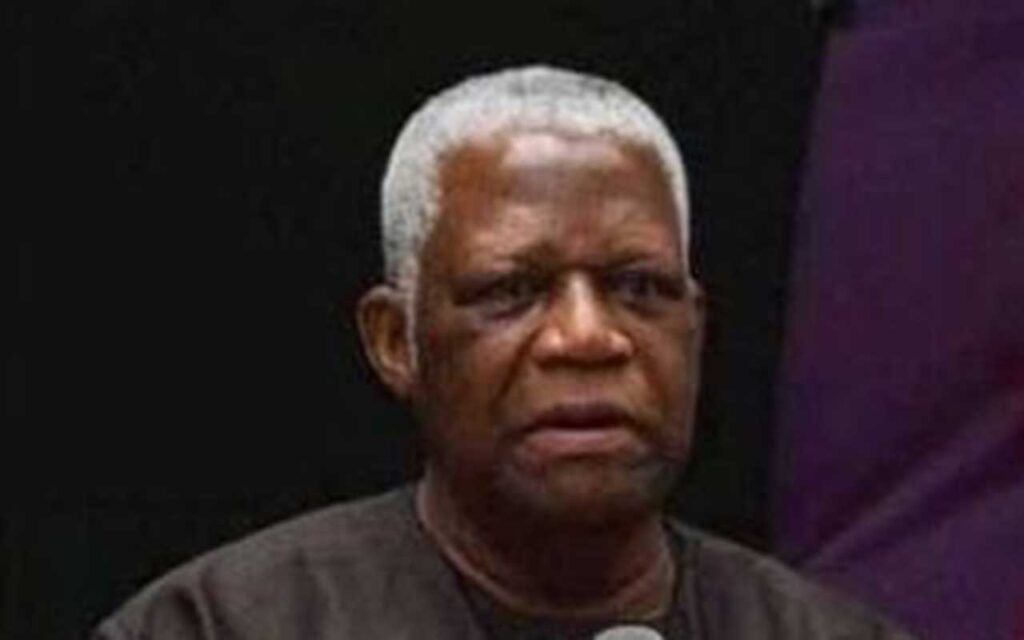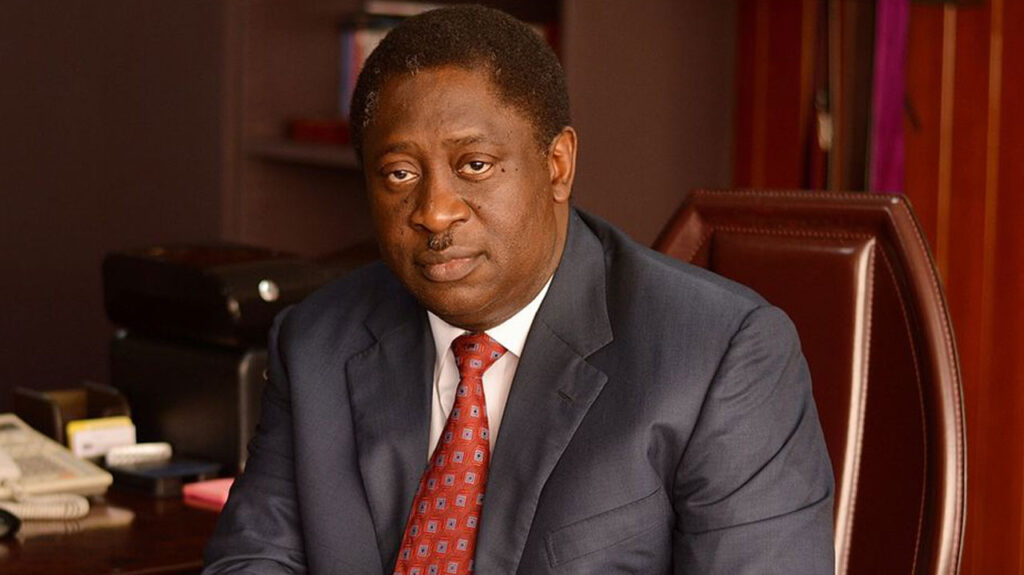
There is no gainsaying the fact that dispute resolution is a crucial component in every facet of human life and one constant variable in our society, like change, is dispute.
This is due to the diverse and complex nature of human society and social interactions. Furthermore, with the constantly changing nature of the rules guiding human relationships and behavioural patterns, dispute is unavoidable.
Disputes when not properly handled and resolved have the capacity to destroy family, commercial and business relationships, including impacting negatively on the growth and development of the micro economic development of a nation. Having made the point on the inevitability of disputes and its likely effect on our society, it therefore becomes imperative for a society to devise and adopt efficient means of dispute resolution.
It is pertinent to state that ‘mediation’ is one of the Alternative Dispute Resolution mechanisms (ADR), which also includes: ‘negotiation, conciliation, and arbitration. However, before proceeding to the meat of my paper, I must state that running through the labyrinth of the Nigerian Security and Civil Defence Corps (NSCDC) Act, it is expedient to state that the Act did not make mention of ADR, under which mediation falls as a means of resolving disputes.
The word ‘mediate’ appears only once and was not defined in the interpretation section. The NSCDC Act did not provide clear definitions or guidelines for the scope of mediation services that the Peace and Conflict Resolution Unit of the NSCDC has the ‘jurisdiction’ to render. In essence, it is important for the National Assembly to, as a matter of urgency, amend the NSCDC Act, which will include the clarification of NSCDC’s role in mediation, including the types of disputes the NSCDC can mediate upon and the procedures which must be adhered to.
Conceptual clarifications
Alternative Dispute Resolution: The Black’s Law Dictionary defines Alternative Dispute Resolution as “any procedure for settling a dispute by means other than litigation.” In essence, it is a non-adversarial way of resolving disputes and it is voluntary, confidential, timely, cost effective and based on the mutual agreement of parties.
Mediation: As I stated earlier in my paper, the term ‘mediation’ is not defined in the NSCDC Act. However, I would adopt the definition contained in Section 91 of the Arbitration & Mediation Act 2023, which defines mediation as “a process, whether referred to by the expression mediation, conciliation or an expression of similar import, where parties request a third person “the mediator” to assist them in their attempt to reach an amicable settlement of their dispute arising out of or relating to a contractual or other legal relationship but the mediator does not have the authority to impose upon parties a solution to the dispute.”
Theories underpinning the practice of mediation
It is pertinent to state that several theories underpin mediation practice, acting as a compass to mediators in their approach and techniques in resolving disputes. However, it is important to clarify that mediators often utilise a combination of components from different theories to guide their approach to the specific circumstances of each case. Some of the theories include, but are not limited to:
Communication Theory: This theory harps on the importance of effective communication as an essential ingredient for successful mediation in resolving disputes, with the mediator employing various communication skills, such as active listening, non-verbal cues, paraphrasing, and reframing, to facilitate clear and constructive dialogue between the parties. By encouraging open and honest communication, the mediator can assist parties clarify their needs, identify commonalities, and work towards a mutually agreeable solution.
Interest-Based Bargaining Theory: Interest-based negotiation is a way of negotiating that takes the parties’ best interests into consideration rather than focusing solely on positions. It can also be called integrative bargaining. This is a technique that seeks to identify the particular interests that the other party has, as well as one’s own interests.
Transformative Mediation Theory: This theory regards mediation as an opportunity for parties to transform their relationship positively and develop their conflict resolution skills. The aim is not just to resolve the immediate dispute, but to empower the parties to handle future conflicts constructively. At the other end of the continuum is transformative mediation. According to its main proponents, this approach is strongly values-based, concerned as it is with the ‘growth’ and even the ‘moral’ development of the disputants.
Transformative mediators are only secondarily interested in attaining formal resolution to the conflict. Here the third party is primarily concerned with disputants experiencing recognition and achieving empowerment. In essence, this theory encourages mediators to create a safe cocoon where parties can engage in self-introspection, acknowledge their emotions, and develop empathy for each other’s perspectives.
Narrative Theory: This theory is a pattern of mediation that focuses on the story of the relationship between the people who are in dispute and looks to heal this relationship as well as resolve the dispute. It centers on how each party narrates their story and the unique moment where the stories intersected in a way that caused a rift in the relationship. In this way, the mediator acts as a facilitator, assisting each party understand the other’s narrative, fostering empathy and potentially revealing areas of common ground. Hence, by exploring these narratives, the mediator can help parties in constructing a shared narrative that forms the foundation for a mutually agreeable resolution.
To be continued tomorrow.












